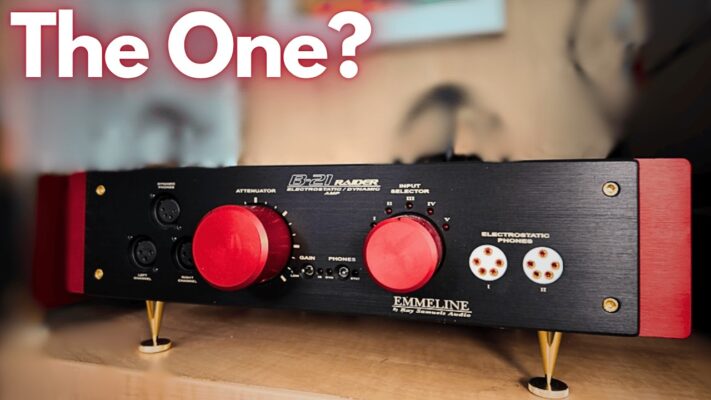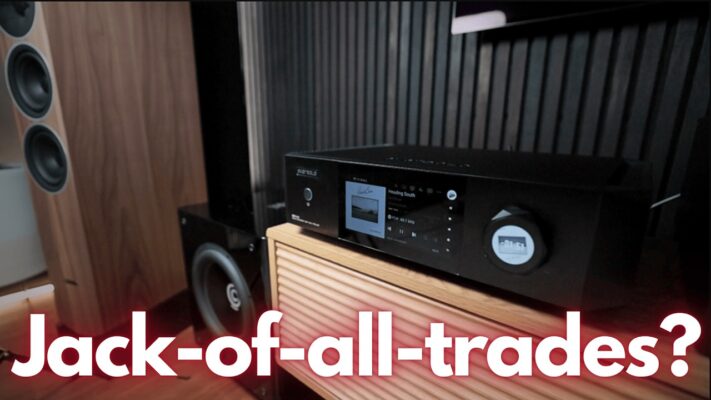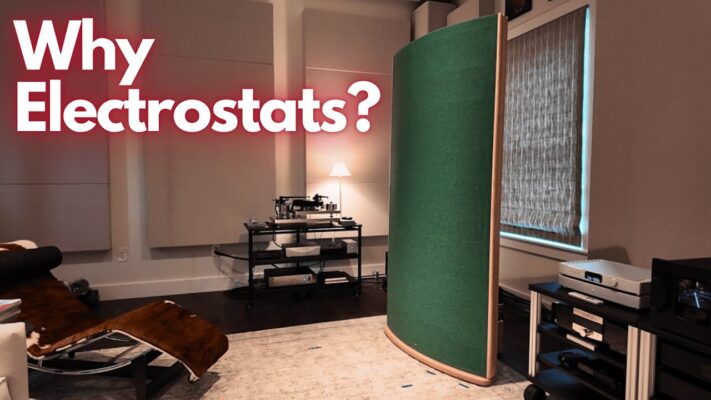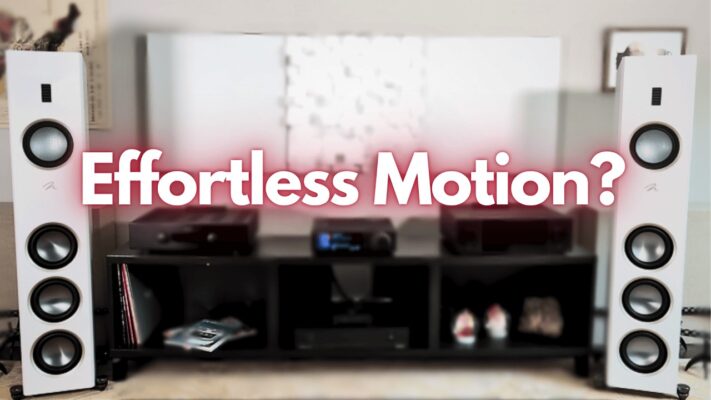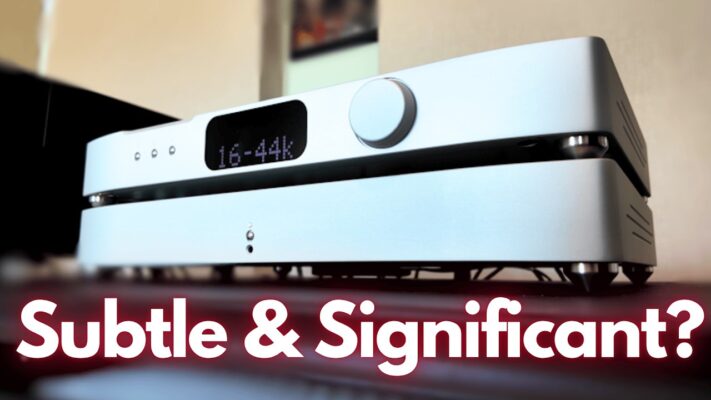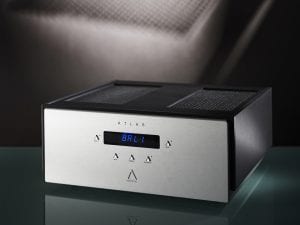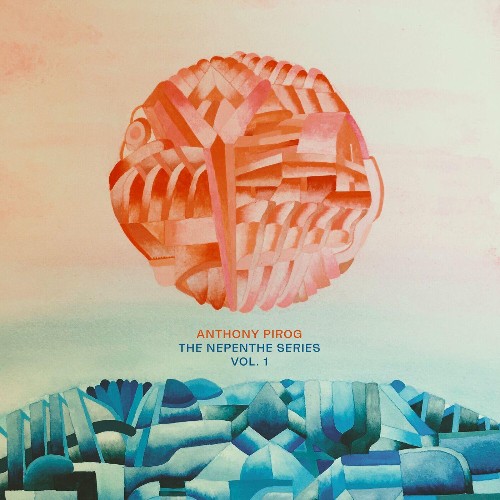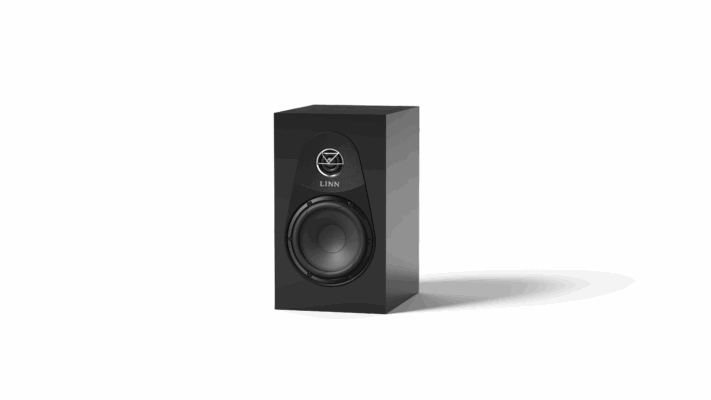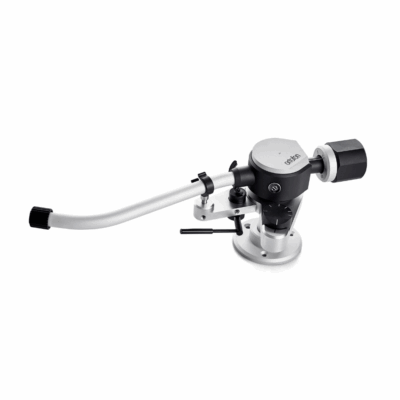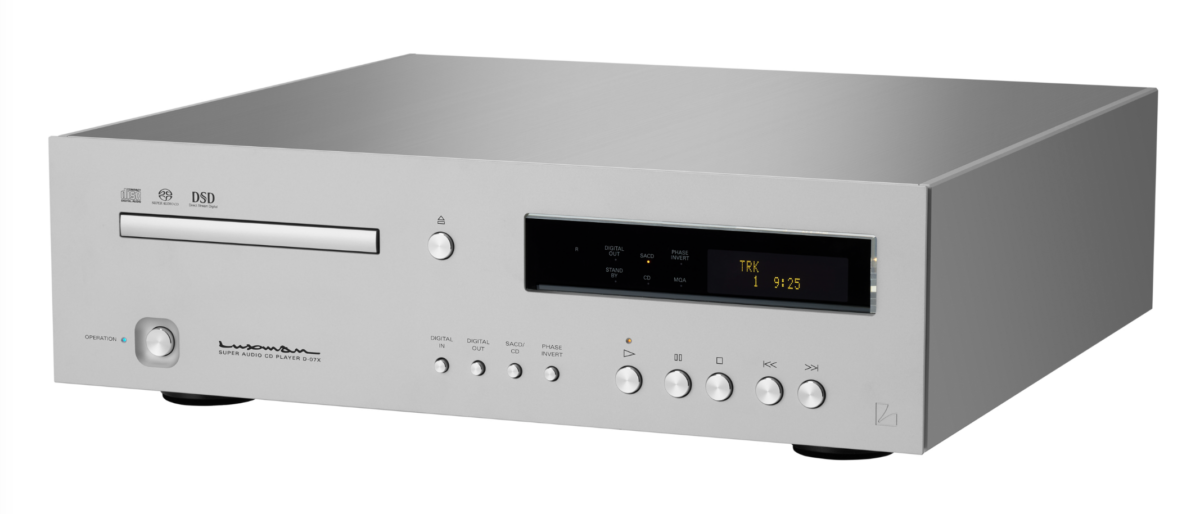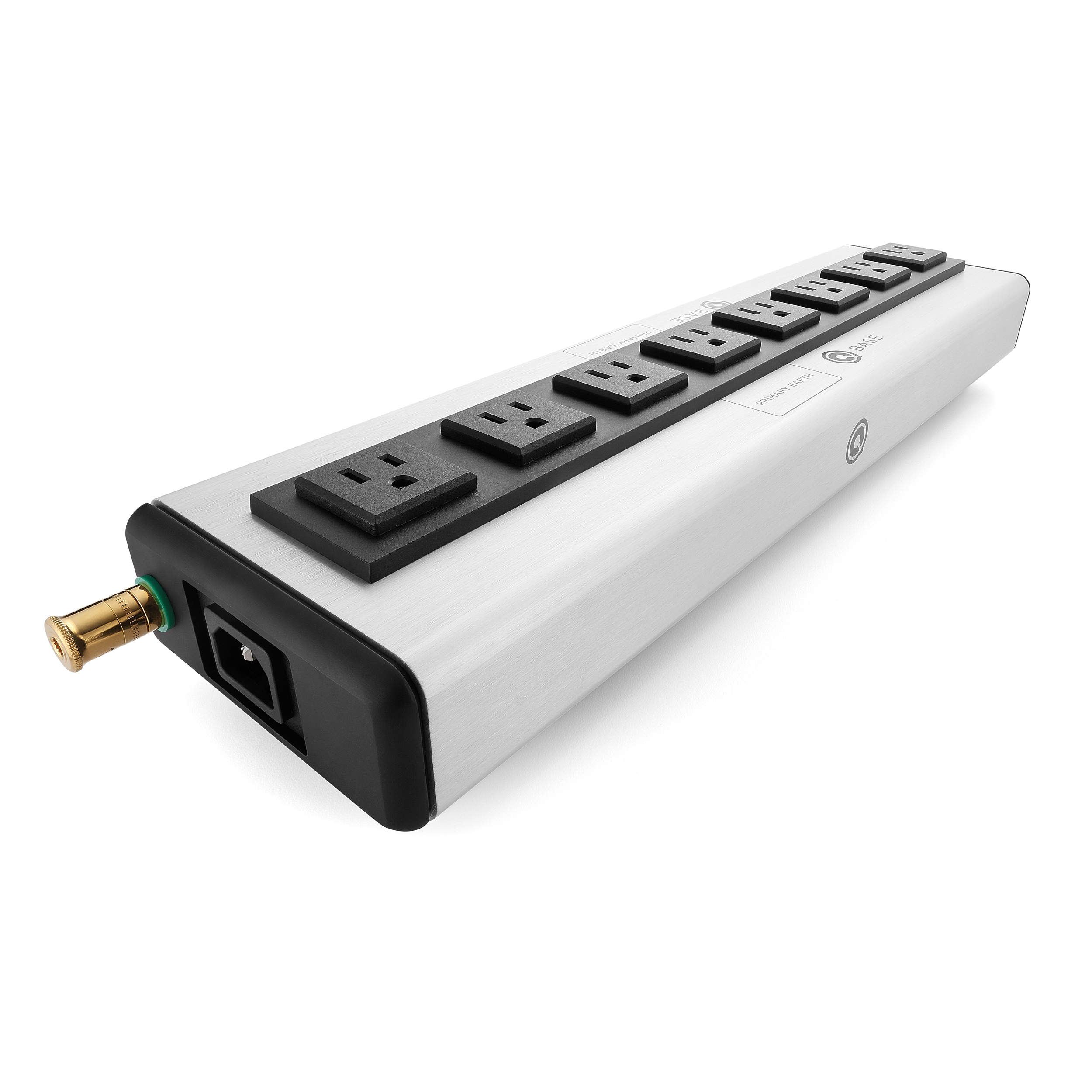
It’s a truism when setting up audio gear that the power cords are never long enough, the wall outlets are never where we need them to be, and we’re always a couple AC outlets short. That’s why we have extension cords and power strips, right? Not quite. That’s why we have power distribution units like Nordost’s QBASE8 Mark III.
The aluminum-bodied QBASE8 Mark III is available in either an eight-outlet or four-outlet version in the U.S. ($2299 and $1399 respectively). These prices are for the 15-amp versions; both are available with 20-amp capacity at $2599 and $1599, respectively. The units were significantly upgraded recently. Improvements include a newly designed dual-PC-board configuration optimized with larger traces that improve current flow; plus, there’s increased separation of all ground connections from the line. A revised resistance “sink” adds protection and effectively damps eddy currents. Each QBASE8 Mark III (QB8) is internally wired with Nordost mono-filament wire. A power cord, however, is not included; you’ll have to factor that into the budget. For this evaluation, Nordost selected its mid-level Frey power cord. Obviously, power cord brands outside of the Nordost ecosystem are fully compatible.
The QB8 employs “star-earth topology” which connects all outlets from one central point (or outlet) to the input. This eliminates noise that is induced by conflicting flows in the signal and ground paths. The ground is lifted on every outlet, except for the one deemed “Primary Earth.” According to Nordost, elevating the ground in this passive manner results in an uninterrupted, straight-line AC-distribution path from the wall to each individual component and isolates each component by preventing ground flow between them and eliminating conflicting flow between signal and ground paths, all without any form of in-line filtering or active circuitry.
As expected, Nordost’s construction and finish-quality were first rate—and rugged, too. With equipment coming and going, the IEC connectors can get a workout, but the QB8 felt as if it was more than up to the task over the long haul. Beyond the convenience factor of multiple outlets, another virtue of a passive distribution unit is to approximate (as closely as possible) a hard-wired connection. To that end, the contact surfaces of the inputs must be pristine and snug. It’s all about transferring current. Thus, the actual quality of contact between IEC connectors and the flat prongs of the power cords from the system’s components is more about pressure than contact-patch size. The QB8 excels in this respect.
The QB8 can be placed directly on the floor or “suspended.” The latter will mean adding a quartet of Nordost Sort Kones—mechanically tuned resonance control devices. The three models of Sort Kones are priced at $104, $184, and $449 each, depending on the material (aluminum/ceramic, bronze/ceramic, titanium/ceramic). These footers are more sophisticated than they outwardly appear. Central to Sort Kone is the ceramic coupling-ball located invisibly within the assembly. Nordost claims that it ameliorates internal vibrations occurring within a component’s audio circuits and power supplies. Sort Kones are available in three versions with posts composed of different metal compositions. Depending on the room setup and associated system components, they are more than worthy of an audition.
Evaluating power distribution units is about as straightforward as anything in high-end audio. After burning the QB8 in for a few hours, I began listening to a system comprising the Aesthetix Mimas integrated amp, dCS Puccini, and the Lumin S1 Music Player. A SOTA Cosmos turntable feeding a Parasound JC-3+ phonostage handled analog duties. Cables were Audience frontRow throughout, except for the Esprit Aura phono interconnect. Repeatedly taking the QB8 in and out of the system while playing familiar reference material was the most informative path for this evaluation.
In sonic performance, audiophiles new to this segment should not expect shifts in frequency or tonal character from a distribution unit. It’s not a “fixer” in that sense. Nor is it going to correct sweeping problem areas like a loudspeaker’s suckout or edgy top end. Like all top-drawer power components (distributor or conditioner), the QB8 is the quintessential incrementalist. It operates on a finer, more granular level, honing and polishing the qualities of an already established, finely tuned system. As a so-called “passive device,” the QB8 doesn’t add to or color information that is already present in the source material. Rather, it is restorative, bringing to light low-level details and micro-dynamic shifts that have been obscured.
The sonic results make themselves known immediately and consistently. However, the real conversation about transparency and resolution begins with a low noise floor. In a manner of speaking, it’s what you don’t hear in the way of noise or distortions that paves the way for everything you do hear. And so it was with the QB8 in the system. It removed a subtle opacity that hung over the orchestra, immediately improving focus and layering. More fully resolving timbral details and low-level transient information was its bailiwick. Whether it was the clarity of the rattles from a tambourine or a snare drum, or the grit and clarity from the mouthpiece of a close-miked sax, trumpet, or trombone, cues seemed more distinct and energetic.
Further, the QB8 removed a superficiality that often clings to a close-miked vocal like that of singer/songwriter Lauren Daigle, whose distinctive throaty vocal during “Rescue” took on a new immediacy and vitality [Look Up Child]. In purely acoustic settings, the QB8 seemed to allow my system to further define the boundaries of the venue of a recording, such as the vast reverberant environs of the Troy Savings Bank in New York where acappella singer Laurel Massé recorded her Feather and Bone album. Complex image groupings were less smeared and congested.
The upshot of these observations, incremental as they are, is best illustrated listening to a solo grand piano. As I played back keyboard artists ranging from Keith Jarrett and Michael Garson to the brilliant Minoru Nojima from his classic Reference Recording LP Nojima Plays Liszt, the sonic experience became more expressive, filled with greater musical emotion. After repeated listening, I came to think that this impression was owed to the pristine timing and individuation of each note and the lack of any perceived noise around the notes. This restored in each performance an unforgettable “live-in-concert” immediacy.
Nordost’s QBASE8 Mark III is priced in a sweet spot for the majority of entry- to mid-level high-end systems. A relatively small but satisfying investment by audiophile standards, the QB8 achieved high marks in my own roughly $30k small-room setup. It proved time and again that when you’re seeking the final touch of musical refinement in your system, no part of the audio chain can be taken for granted. An easy recommendation, indeed.
Specs & Pricing
Price: QB8, $2299 (QB4, $1399); Frey power cord, $2199/1m; Sort Kone BC bronze with ceramic ball, $184 each
NORDOST
93 Bartzak Dr
Holliston, MA, 01746-1374
Tags: DISTRIBUTION NORDOST POWER AC
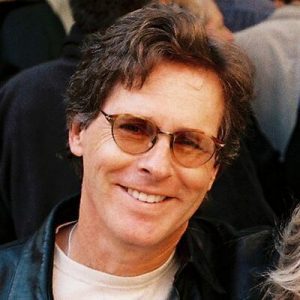
By Neil Gader
My love of music largely predates my enthusiasm for audio. I grew up Los Angeles in a house where music was constantly playing on the stereo (Altecs, if you’re interested). It ranged from my mom listening to hit Broadway musicals to my sister’s early Bob Dylan, Joan Baez, Beatles, and Stones LPs, and dad’s constant companions, Frank Sinatra and Tony Bennett. With the British Invasion, I immediately picked up a guitar and took piano lessons and have been playing ever since. Following graduation from UCLA I became a writing member of the Lehman Engel’s BMI Musical Theater Workshops in New York–working in advertising to pay the bills. I’ve co-written bunches of songs, some published, some recorded. In 1995 I co-produced an award-winning short fiction movie that did well on the international film-festival circuit. I was introduced to Harry Pearson in the early 70s by a mutual friend. At that time Harry was still working full-time for Long Island’s Newsday even as he was writing Issue 1 of TAS during his off hours. We struck up a decades-long friendship that ultimately turned into a writing gig that has proved both stimulating and rewarding. In terms of music reproduction, I find myself listening more than ever for the “little” things. Low-level resolving power, dynamic gradients, shadings, timbral color and contrasts. Listening to a lot of vocals and solo piano has always helped me recalibrate and nail down what I’m hearing. Tonal neutrality and presence are important to me but small deviations are not disqualifying. But I am quite sensitive to treble over-reach, and find dry, hyper-detailed systems intriguing but inauthentic compared with the concert-going experience. For me, true musicality conveys the cozy warmth of a room with a fireplace not the icy cold of an igloo. Currently I split my time between Santa Fe, New Mexico and Studio City, California with my wife Judi Dickerson, an acting, voice, and dialect coach, along with border collies Ivy and Alfie.
More articles from this editor









